Fall is often seen as a time when gardens slow down, but for savvy gardeners, it’s actually an ideal season to get a head start on spring. Planting certain vegetables in fall allows them to establish strong roots and undergo a period of cool-season development, ensuring an early and bountiful harvest as soon as the temperatures rise. By understanding which vegetables thrive when sown in autumn, gardeners can maximize productivity, reduce spring planting stress, and enjoy fresh, homegrown produce months earlier than conventional planting schedules. Here’s a guide to five vegetables that perform exceptionally well when planted in fall.
1. Garlic (Allium sativum)
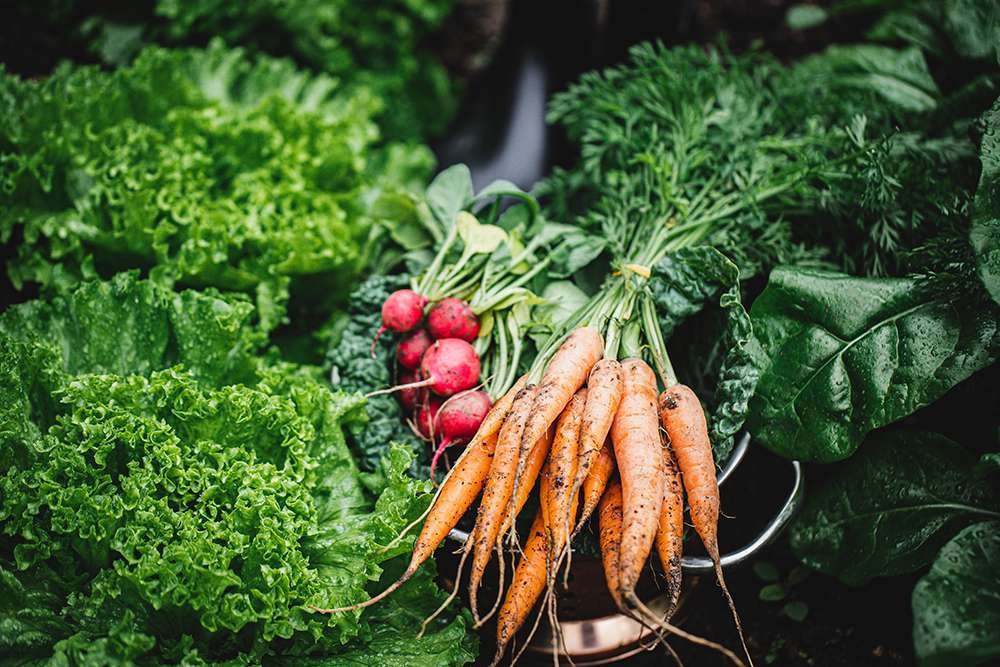
Garlic is a fall favorite for early spring harvests. Planting garlic cloves in autumn allows them to develop strong roots before the ground freezes, while the cooler temperatures promote healthy bulb formation.
Planting Tips:
- Timing: Plant garlic 4–6 weeks before the first expected frost. This gives the cloves enough time to establish roots.
- Soil Requirements: Garlic thrives in well-draining, fertile soil rich in organic matter. A slightly acidic to neutral pH (6.0–7.0) is ideal.
- Spacing: Place cloves about 2 inches deep, with 4–6 inches between each clove.
- Mulching: After planting, cover garlic beds with a thick layer of straw or leaves to insulate against extreme winter temperatures.
Benefits:
- Early spring harvests mean garlic is ready before garden pests are active.
- Overwintered garlic often produces larger, more flavorful bulbs.
- Garlic is low-maintenance and stores well after harvest.
Gardeners consistently report that fall-planted garlic produces stronger, more uniform bulbs than spring-planted varieties.
2. Spinach (Spinacia oleracea)
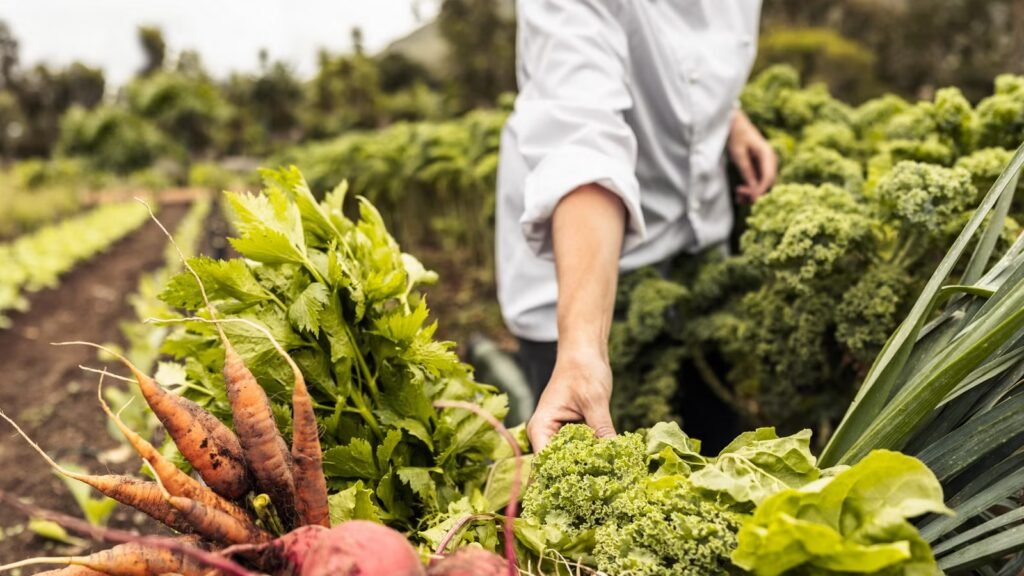
Spinach is a fast-growing leafy green that thrives in cooler temperatures, making it perfect for fall planting. Overwintered spinach resumes growth early in spring, giving you tender leaves when many other crops are still dormant.
Planting Tips:
- Timing: Sow seeds 6–8 weeks before the first frost. Spinach tolerates light frost, which can even enhance its flavor.
- Soil Requirements: Spinach prefers well-drained, fertile soil with a pH of 6.0–7.5. Incorporate compost or aged manure for extra nutrients.
- Spacing: Sow seeds about ½ inch deep and thin seedlings to 3–4 inches apart for optimal leaf development.
- Protection: In regions with harsh winters, cover spinach with row covers or mulch to protect against freezing temperatures.
Benefits:
- Early spring harvests supply nutritious leaves for salads, smoothies, and cooking.
- Fall-planted spinach often resists bolting and disease better than spring-sown plants.
- Quick-growing and versatile, spinach can be harvested multiple times in succession.
Gardeners value spinach for its reliability and ability to provide fresh greens when other crops are still in dormancy.
3. Carrots (Daucus carota)
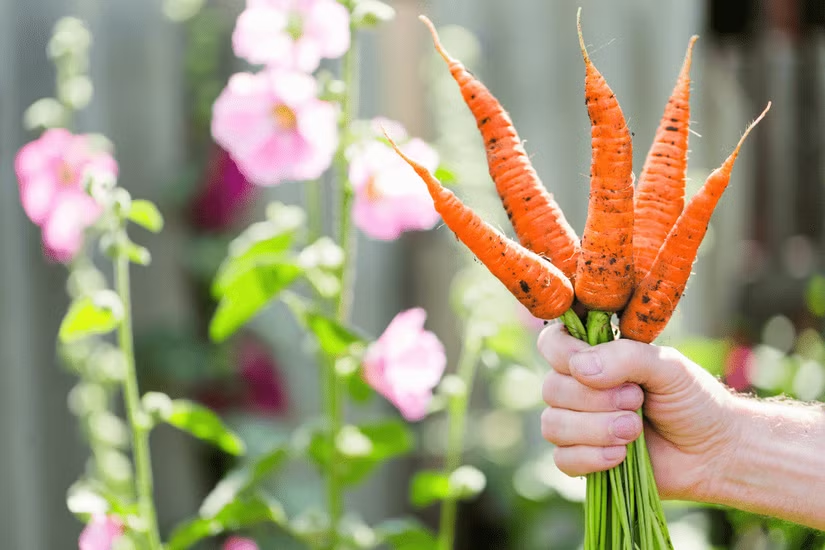
Carrots are a root vegetable that actually improves in flavor when exposed to cool fall temperatures. Planting carrots in late summer or early fall ensures they develop slowly through winter, leading to sweeter, tender roots in early spring.
Planting Tips:
- Timing: Sow carrot seeds 8–10 weeks before the first frost.
- Soil Requirements: Carrots require loose, sandy, well-drained soil free of rocks to allow straight, uniform root development.
- Spacing: Sow seeds ¼ inch deep and thin seedlings to 2–3 inches apart to prevent overcrowding.
- Mulching: Apply a layer of mulch to moderate soil temperatures and prevent freezing, while keeping soil moist for steady growth.
Benefits:
- Slow root growth in cool conditions enhances sugar concentration, producing sweeter carrots.
- Fall-planted carrots are less prone to pests such as carrot flies, which are more active in spring.
- Early spring harvests mean you can enjoy fresh, homegrown carrots before supermarket prices rise.
Experienced gardeners often remark that fall-planted carrots have a superior taste and texture compared to spring-sown varieties.
4. Kale (Brassica oleracea var. sabellica)
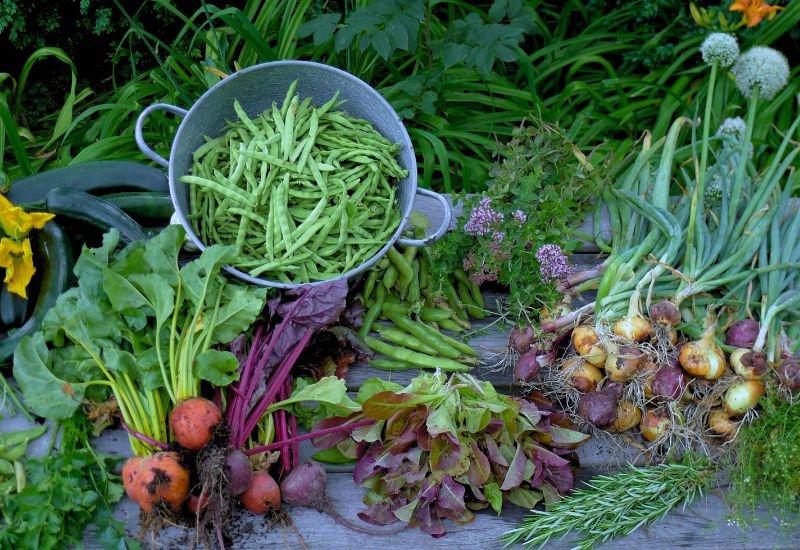
Kale is another cool-season champion that thrives when planted in fall. Overwintered kale plants often withstand frost and snow, and the cold temperatures actually improve the flavor by increasing sugar content in the leaves.
Planting Tips:
- Timing: Plant kale seedlings or sow seeds 6–8 weeks before the first frost.
- Soil Requirements: Kale grows best in fertile, well-draining soil with a pH of 6.0–7.5. Enrich the soil with compost to encourage healthy leaf growth.
- Spacing: Thin seedlings to 12–18 inches apart to allow for ample leaf development.
- Protection: Mulch or row covers help protect kale from extreme cold and wind damage.
Benefits:
- Early spring harvest provides tender, flavorful leaves for soups, salads, and sautés.
- Kale is nutrient-dense, rich in vitamins A, C, and K, and antioxidants.
- Cold-hardened plants are more resilient to pests and diseases.
Gardeners praise fall-planted kale for its robustness and ability to provide fresh greens even in late winter, bridging the gap before spring planting.
5. Peas (Pisum sativum)
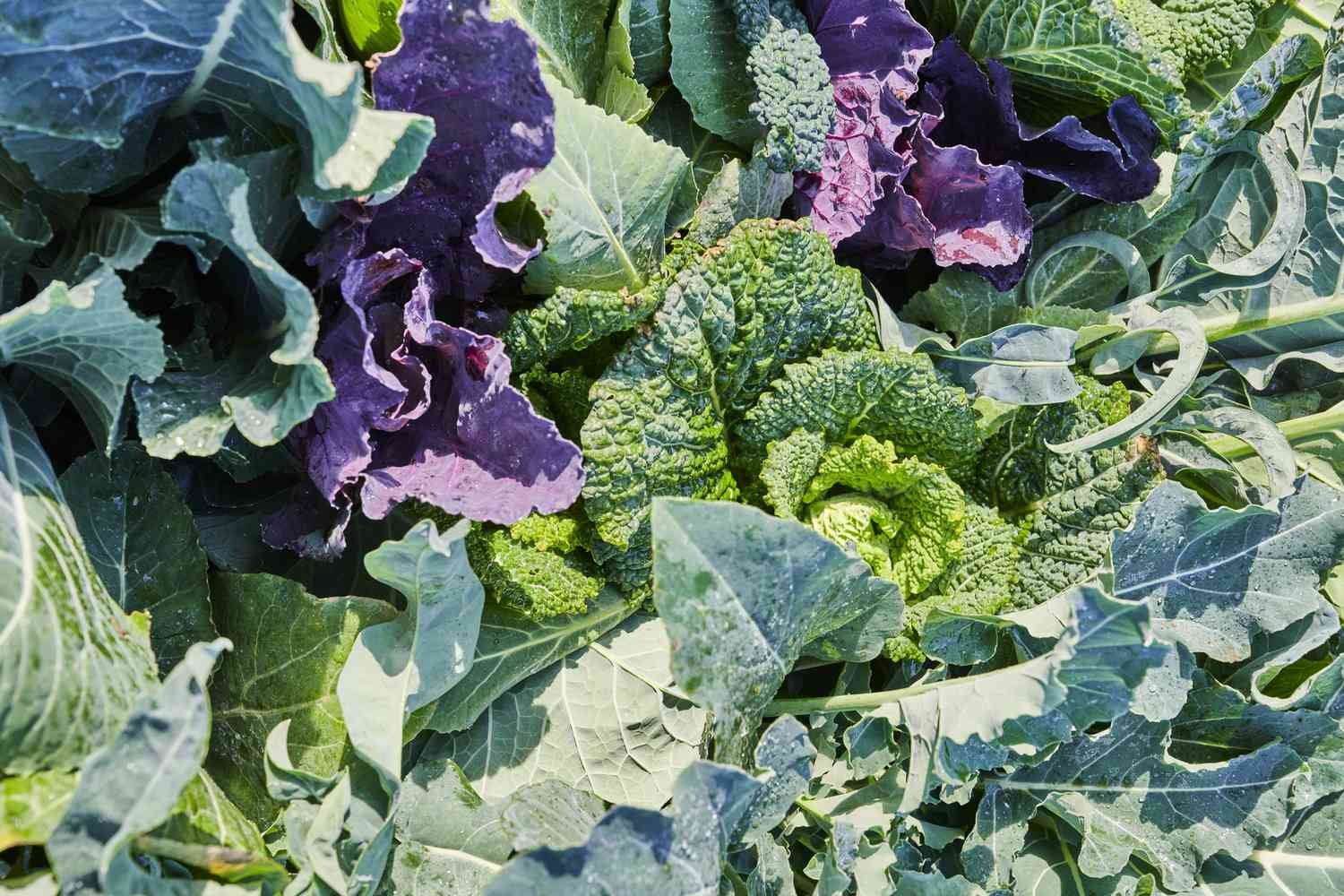
Peas are cool-weather legumes that thrive in early spring, but fall planting in mild climates can give them a head start. Overwintered pea plants establish strong roots and may produce blossoms earlier than spring-sown counterparts.
Planting Tips:
- Timing: Plant peas 4–6 weeks before the first frost in regions with mild winters. Avoid planting in areas prone to deep freezes.
- Soil Requirements: Peas prefer well-drained, loamy soil with a pH of 6.0–7.5. Adding compost enhances fertility and supports healthy root development.
- Spacing: Sow seeds 1–2 inches apart and provide trellises or supports for climbing varieties.
- Protection: Light row covers can protect young plants from frost and harsh winds.
Benefits:
- Early harvest allows peas to mature before warmer temperatures trigger bolting or pest issues.
- Overwintered plants often produce sweeter, tender pods.
- Peas enrich the soil with nitrogen, benefiting future crops planted in the same bed.
Gardeners appreciate the timing advantage fall-planted peas provide, allowing them to enjoy fresh pods weeks earlier than spring plantings.
Tips for Successful Fall Planting
- Prepare the Soil: Remove weeds, add compost, and loosen compacted soil to ensure healthy root growth.
- Mulch Strategically: Mulching regulates soil temperature, reduces frost damage, and retains moisture.
- Consider Microclimates: Plant sensitive vegetables in sheltered areas, such as south-facing slopes or near walls, to protect them from harsh winter winds.
- Water Wisely: While plants need less water in cooler months, ensure the soil remains evenly moist to encourage root establishment.
- Monitor for Pests: Even in fall, slugs, snails, and other pests can damage young seedlings. Use organic deterrents or protective covers as needed.
By combining proper soil preparation, strategic planting, and seasonal care, gardeners can maximize the success of fall-planted vegetables and ensure an early spring bounty.
Conclusion: Planning Ahead Pays Off
Fall planting is an excellent strategy for gardeners looking to get a jump on the growing season. Garlic, spinach, carrots, kale, and peas are all vegetables that respond particularly well to autumn sowing, establishing strong roots, resisting pests, and producing early, flavorful harvests in spring.
By understanding each vegetable’s needs and following careful planting guidelines, gardeners can turn their fall garden into a spring success. Not only does fall planting provide fresh produce earlier, but it also spreads out workload across the year, making gardening a more enjoyable and productive experience. For those seeking early harvests, fall is not a time to slow down—it’s the perfect time to prepare for a vibrant, thriving spring garden.
